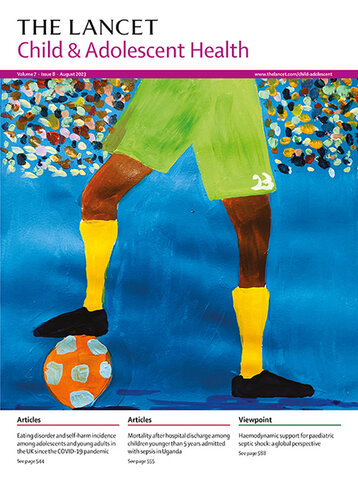Women represent a growing proportion of the global prison population of 11·5 million people. No reliable estimates exist of the number of pregnant women or number of children born in or living in prison with a primary caregiver. Permitting a child to stay in prison with a primary caregiver for any duration has advantages and disadvantages for both the caregiver and the child.
Global consensus on the age at which child confinement inhibits healthy development has not been reached. Human rights violations worldwide illustrate the failures of prison systems to consider the needs of children and ensure humane standards for children living in detention.
In this Health Policy, the authors map the global variation in age restrictions and durations of stay in prison with a primary caregiver. They show a broad range of approaches and provisions for the placement of children in prison. Policy makers are advised to adopt provisions of Article 30 of the African Charter on the Rights and Welfare of the Child, as it is the only set of explicit guidelines regarding individualised qualitative judicial decision-making processes, consideration of relevant safeguarding factors, practical application of permissions to stay in prison regarding standards of paediatric care, and provisions of safety-net supports on prison exit.
Training of staff and routine monitoring of paediatric standards of detention by national prison inspectorates and UN Human Rights Treaty Bodies are crucial. Future research agendas must focus on optimal child safeguarding and development during transfer and confinement, and on requisite prison-exit supports in various cultural contexts and settings.

